How to Maintain Hardwood Floors Like a Pro

Hardwood floors require regular care to stay in good condition. Dirt and dust can cause scratches, so sweeping or vacuuming often is important. Use a microfiber mop and a cleaner designed for wood floors to prevent damage. Avoid excessive water, as moisture can cause wood to warp or swell. Wipe up spills immediately to prevent stains or long-term damage. Place protective pads under furniture to reduce the risk of scratches. Keep pet nails trimmed to prevent them from leaving marks on the surface. Use rugs or mats in high-traffic areas to reduce wear over time. Avoid wearing sharp heels or dragging heavy furniture across the floor. Consistent maintenance helps hardwood floors last for many years.
Proper cleaning methods help preserve the finish of hardwood floors. Harsh chemicals and abrasive cleaning tools can strip the protective coating. Stick to pH-balanced wood cleaners to avoid damaging the surface. Steam mops are not recommended, as heat and moisture can weaken the wood. Waxing may be necessary for certain finishes but can cause buildup if overused. Refinishing may be required over time to restore the original look. Sunlight exposure can fade wood, so consider using curtains or UV-resistant treatments. Keeping humidity levels stable helps prevent wood from expanding or shrinking. Using a dehumidifier in damp conditions can help maintain floor integrity. Small maintenance efforts prevent costly repairs and refinishing.
Seasonal changes can affect hardwood floors in different ways. Dry air in winter can cause wood to shrink and create gaps between planks. Using a humidifier helps maintain proper moisture levels and prevents excessive drying. In summer, increased humidity can cause wood to expand, leading to warping. Proper ventilation and climate control keep floors in good shape year-round. Regularly checking for signs of wear can prevent minor issues from becoming serious problems. If scratches or dents appear, minor touch-ups can prevent further damage. Deep scratches may require sanding and refinishing to restore the surface. Choosing the right cleaning products for your floor’s finish ensures long-term durability. Different types of wood have unique maintenance needs, so check manufacturer recommendations. Seasonal care keeps hardwood floors looking their best.
Preventative measures extend the life of hardwood flooring. Using doormats at entryways reduces the amount of dirt tracked inside. Cleaning spills right away prevents stains from setting into the wood. Rotating furniture placement helps distribute wear evenly. Avoiding excess moisture is one of the most important steps in hardwood floor care. Regular inspections can catch problems before they become costly repairs. If a board becomes damaged, replacing a single plank is often easier than refinishing the entire floor. Hiring professionals for deep cleaning or refinishing can help maintain appearance and durability. Investing in proper maintenance saves money on long-term repairs. Hardwood floors add value to a home when well cared for. A consistent care routine keeps floors looking great for years.
Recent Posts
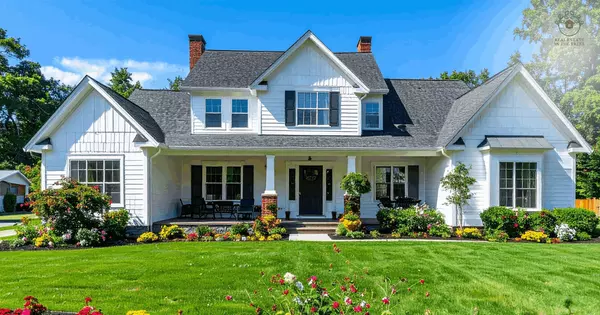
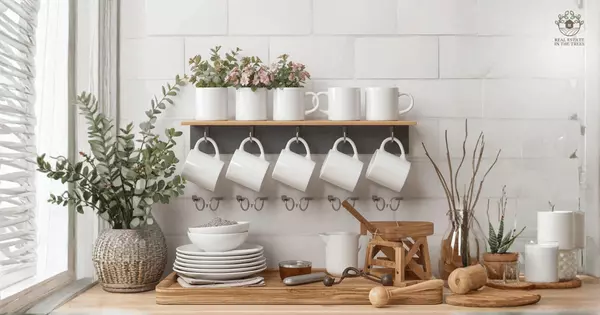
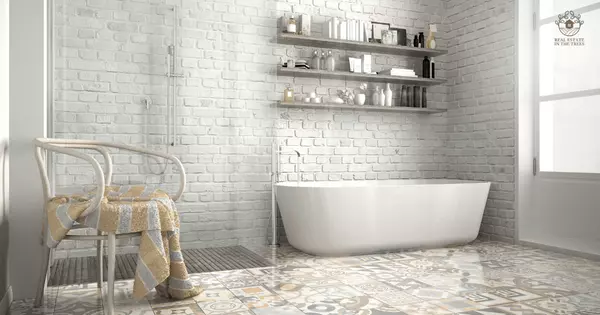
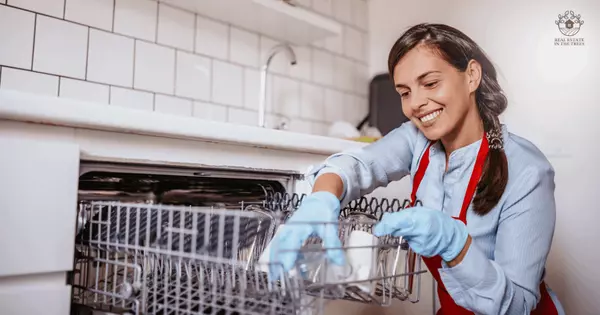
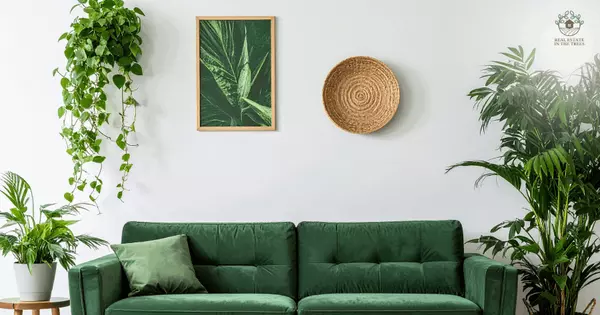
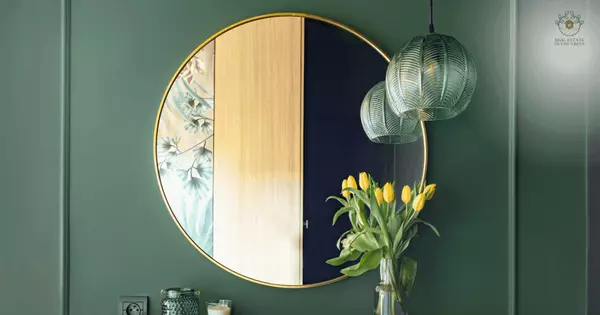
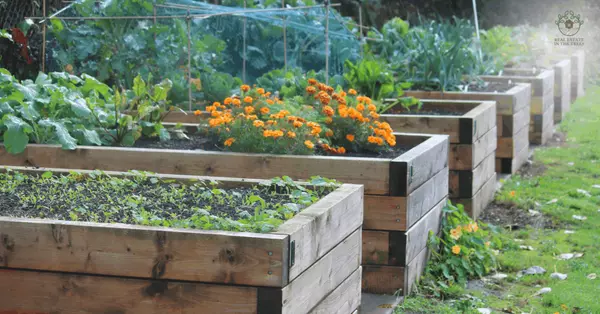


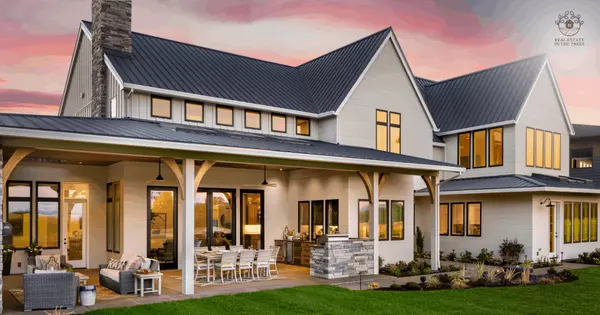

"My job is to find and attract mastery-based agents to the office, protect the culture, and make sure everyone is happy! "
GET MORE INFORMATION
